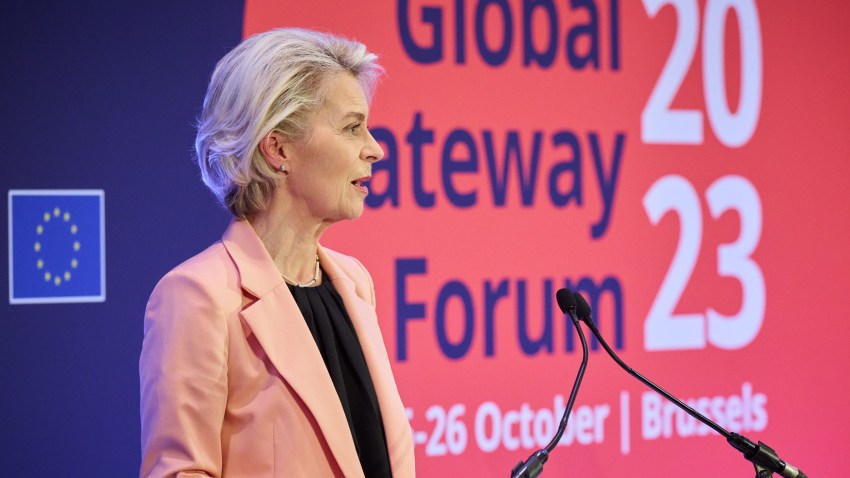The European Union’s Global Gateway Forum took place in Brussels in late October, a week after the Third Belt and Road Forum was held in Beijing. Launched in 2021, Global Gateway is an EU infrastructure development initiative that provides financing for projects based on six principles: democratic values and high standards, good governance and transparency, equal partnerships, green and clean, security-focused and catalyzing private sector investment. It is the EU’s biggest global investment program to date, seeking to mobilize 300 billion euros through 2027 to fund projects in six sectors: climate and energy, digital, transport, health, education and research.
According to the European Commission, in 2023, nearly two-thirds of the Global Gateway’s 99 flagship projects are climate- or energy-focused and around one-fifth are transport-related. Regionally speaking, Africa and Latin America appear to receive more projects than Asia and the Western Balkans/EU Neighbourhood. Interestingly, more than four-fifths of all the transport projects are concentrated in Africa, and all of the health-related projects are found in Latin American and the Caribbean. At first glance, then, it appears that Africa and—albeit to a lesser extent—Latin America are the focal regions for the Global Gateway.
Competing Narratives and Better Offers?
Though EU officials have been careful to avoid framing Global Gateway as a response to the Belt and Road Initiative, or BRI, comparisons between the two frameworks are inevitable and revealing. Judging only from the regional distribution of the number of Global Gateway projects—which does not reflect relative investment—it is in Africa and Latin America that the Global Gateway will be most likely to co-exist and compete, and perhaps even interact, with China’s Belt and Road Initiative.

